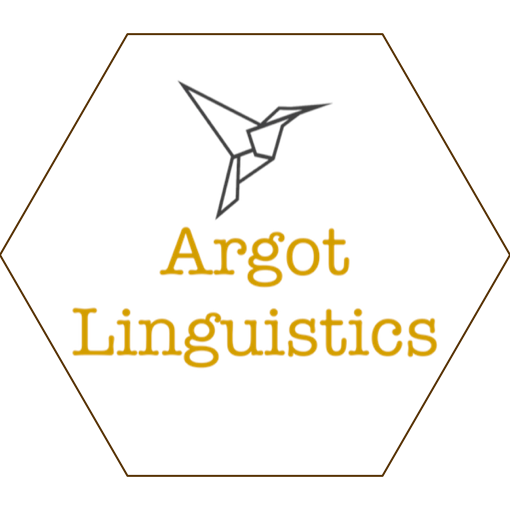How to Start Learning Russian

Alongside English, French, Spanish, Arabic, and Chinese, Russian is one of the official languages used by the United Nations. It is such an important language in science, literature, and diplomacy, and if you want to start learning this beautiful language, you want to start with the Cyrillic alphabet. It might be daunting at first because it is familiar to the latin alphabet due to both originating from Ancient Greek. There are letters in Russian that have the same phonology as in English and those that exist in one and not the other. Thankfully, there are some letters that translate directly from English to Russian such as A, E, K, M, O, and T. The difference is that some of the lowercase letters are just small versions of the uppercase ones.

Most of the letters sound similar to English, but they have a different look to them. If you have done a lot of math, you might recognize some of these letters because they derive from the Greek letters. These include: Б, Г, Д, ё, Ж, П, Ф, И, й, Л, Ц, Ш, Щ, Э, Ю and Я.

There are also some false friends that will definitely trip you up: В, З, Н, Р, С, У, Ч, and Х.

Lastly, these are the letters that do not exist in English and have no equivalent sound: Ы, Ъ, and Ь.

Now that you know this information, this YouTube video will guide you in the right direction before you start learning how to read and pronounce letters.

I recommend you write down the letters and the sounds of the English equivalent in a journal, and what you can do is transcribe words in English with the latin alphabet into English with a Cyrillic alphabet. The words will still be English, but you are writing with a different script. This will take some time to get used to, and it should not take more than a week to fully grasp this new alphabet.

Great! You have completed the first step into learning such a historic language in science and art! This will give you a strong foundation to learning any of the Slavic languages as they use variants of the Cyrillic alphabet. Although there are differences, there is not a doubt that Russian has influenced the history and etymology of language in Eastern Europe. I wish you the best of luck with your journey to fluency!

